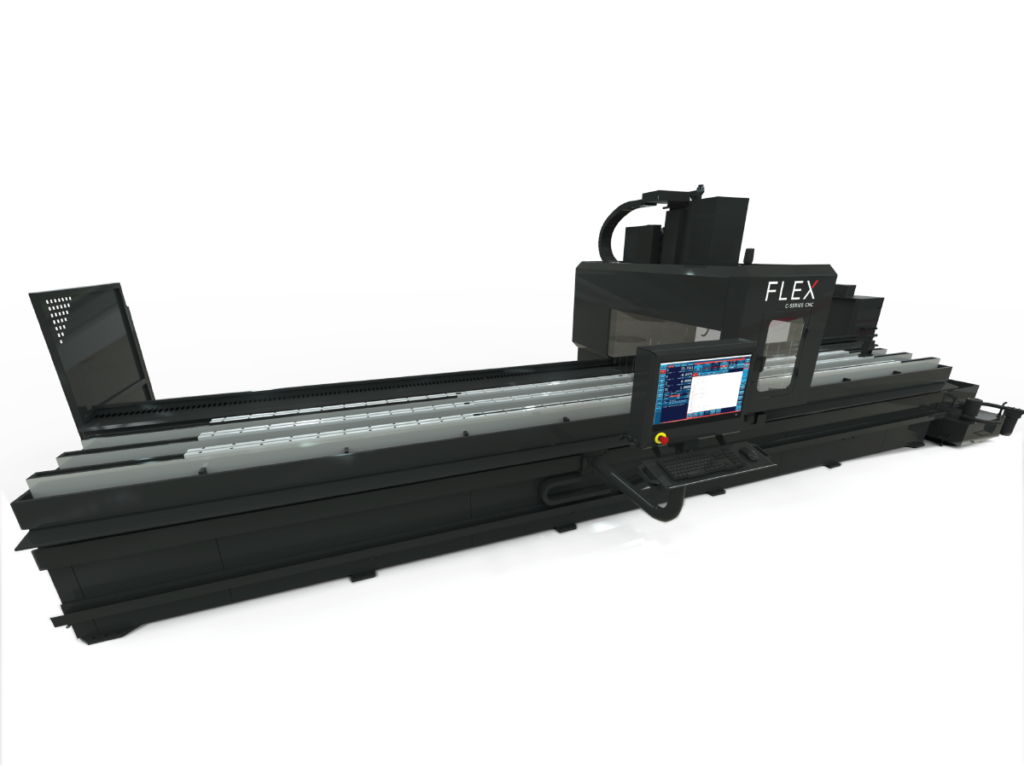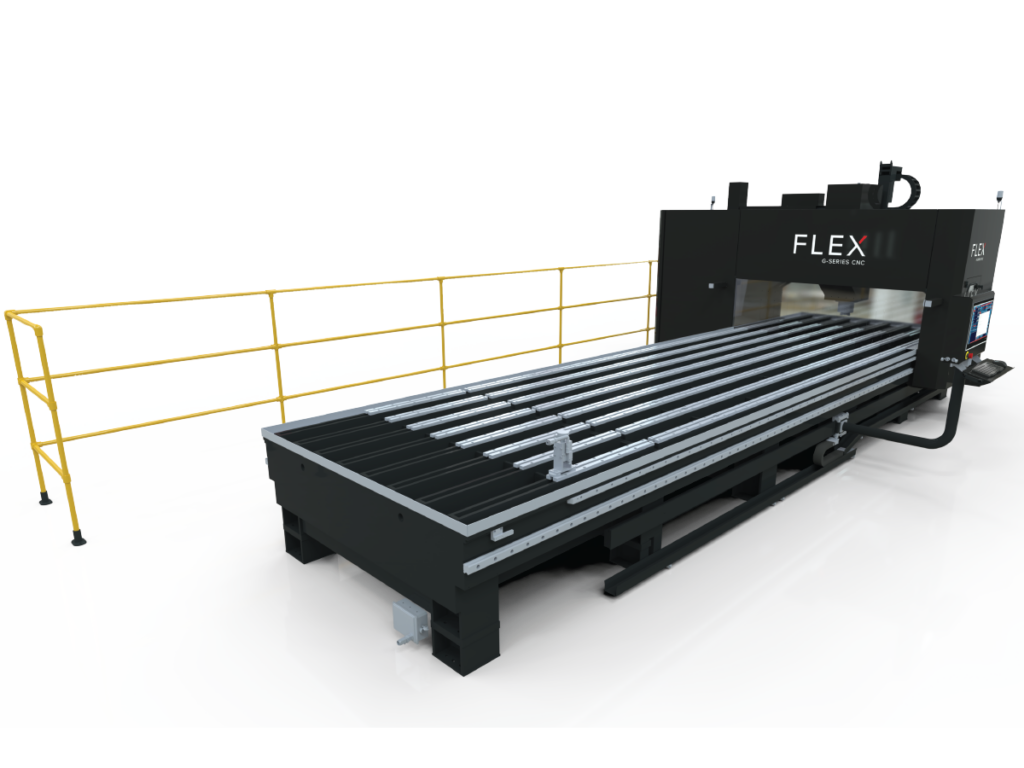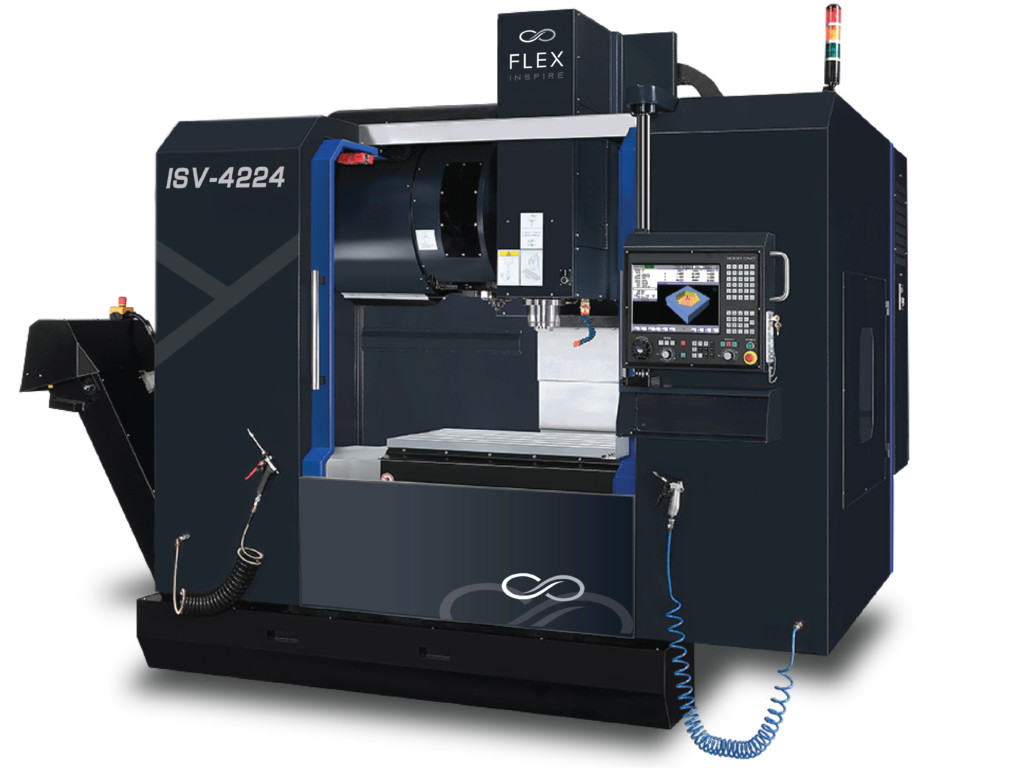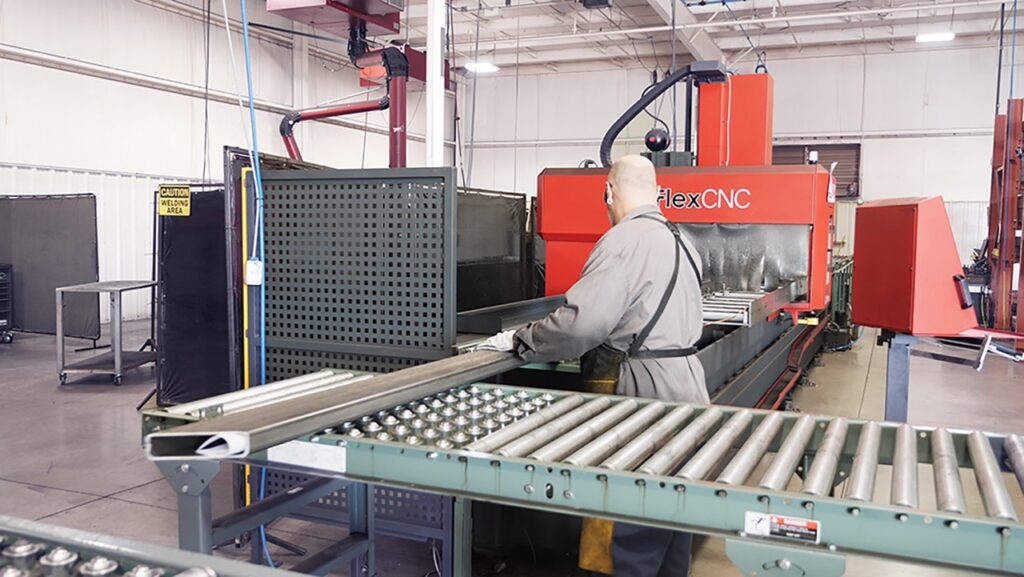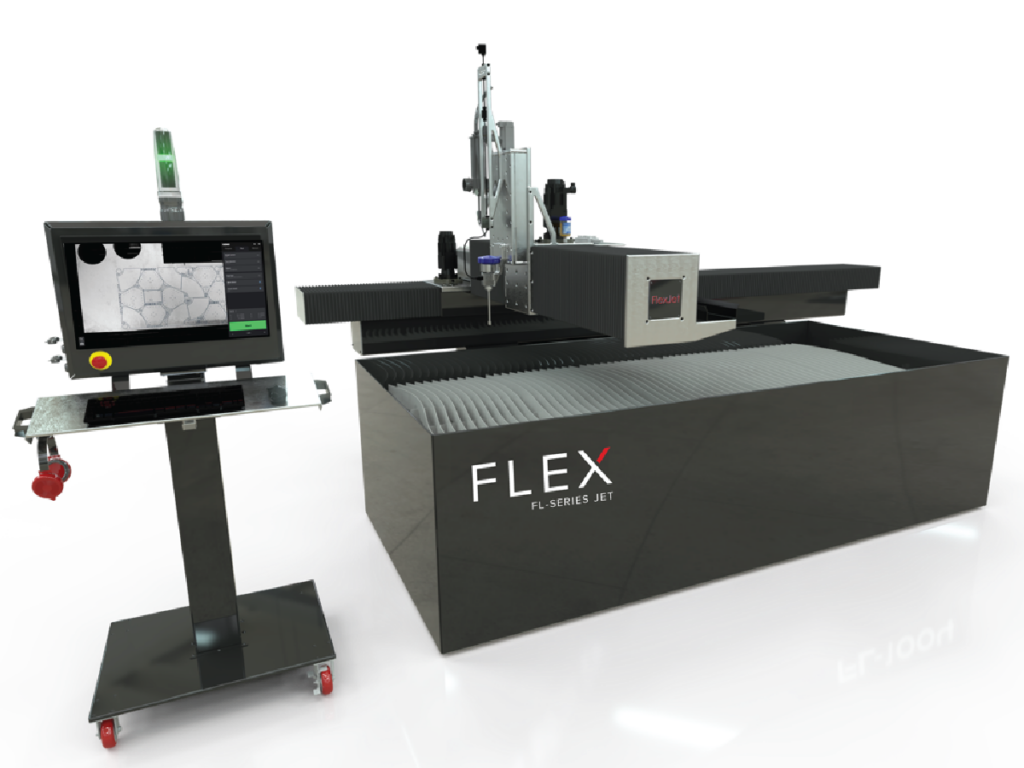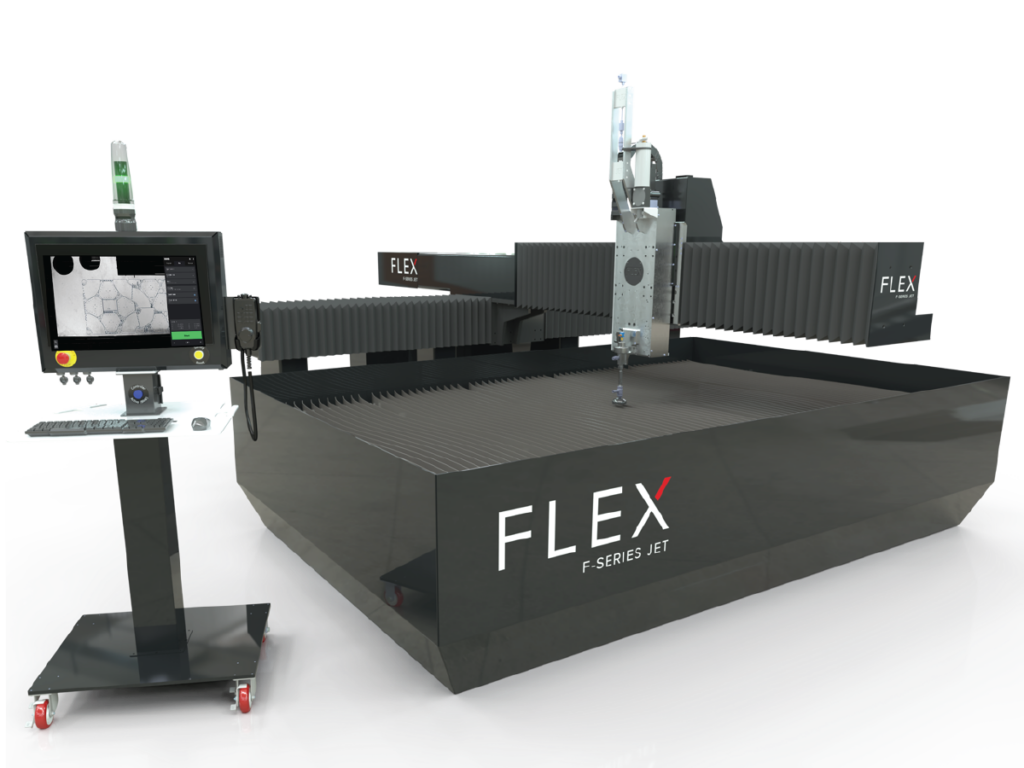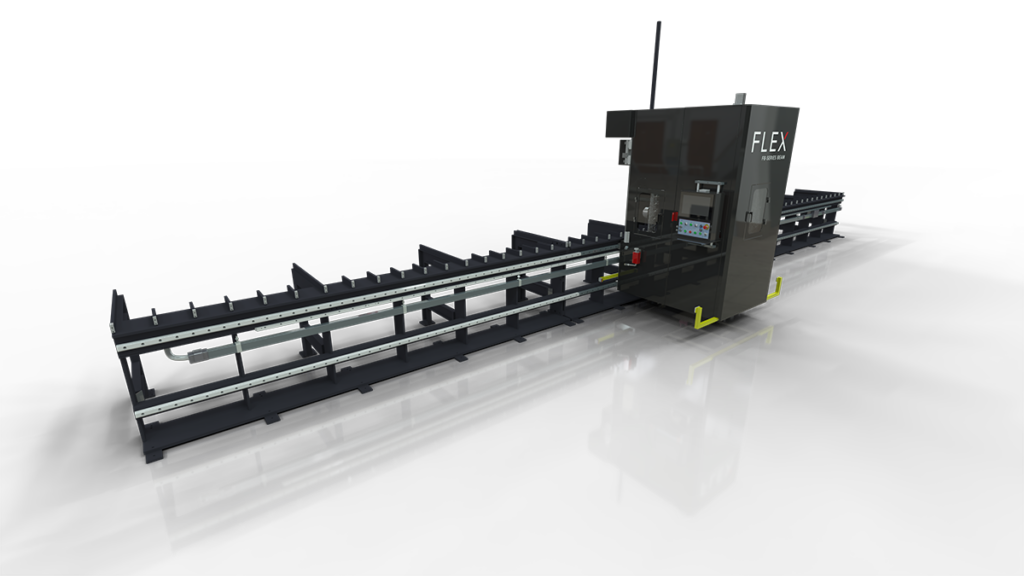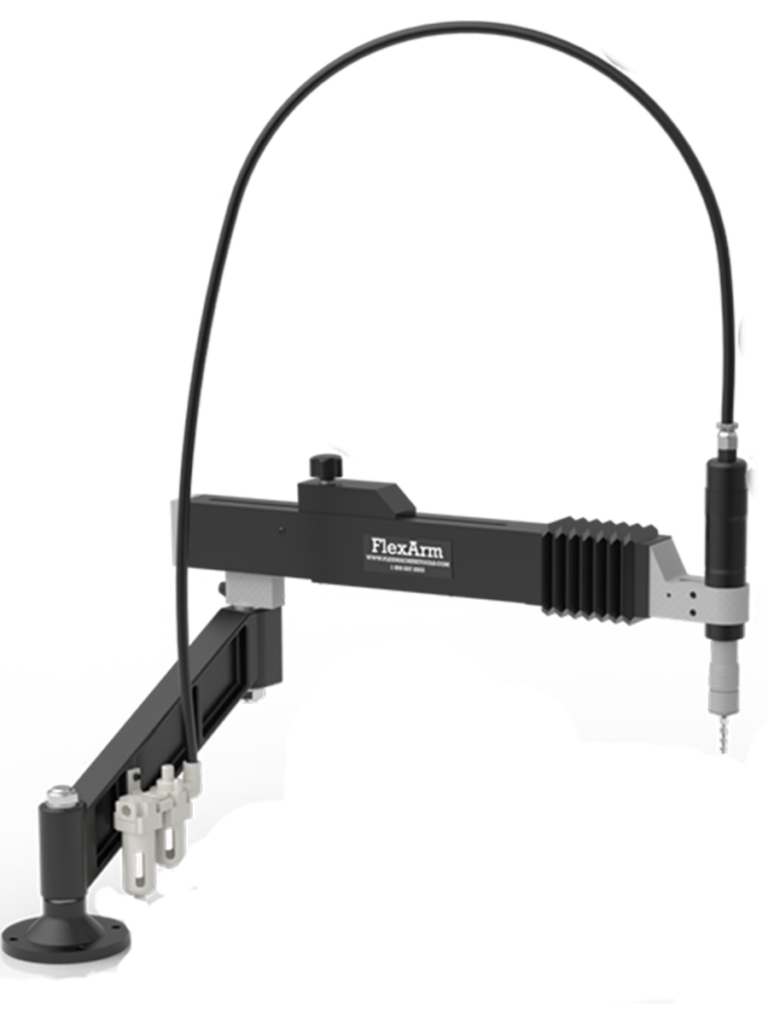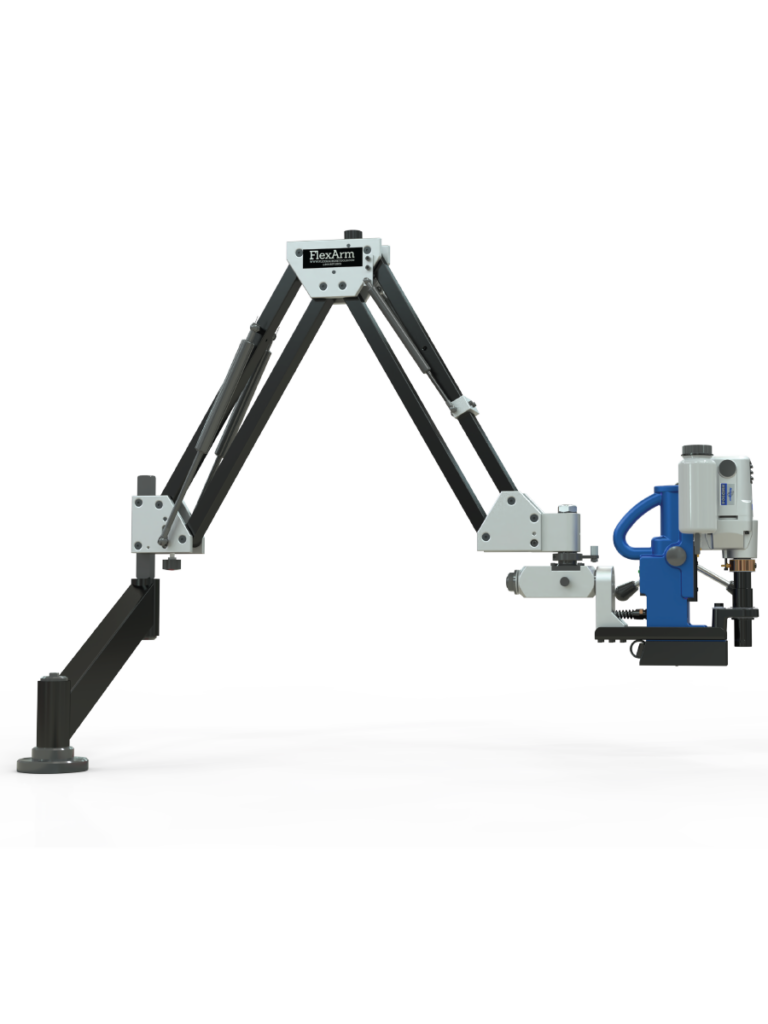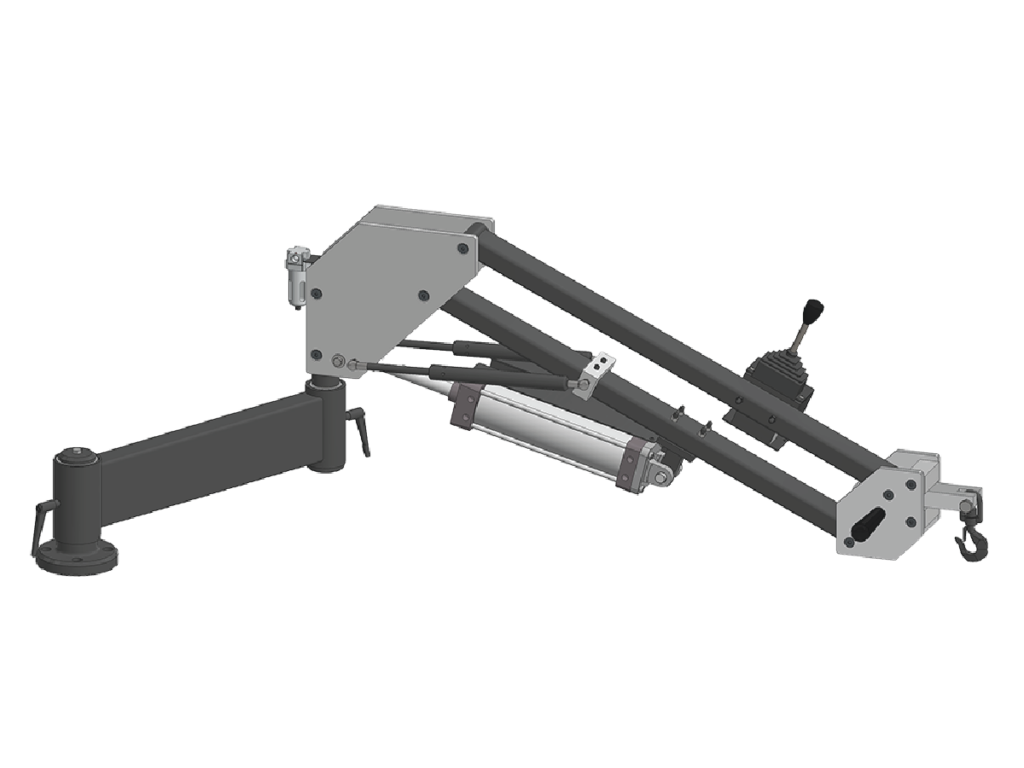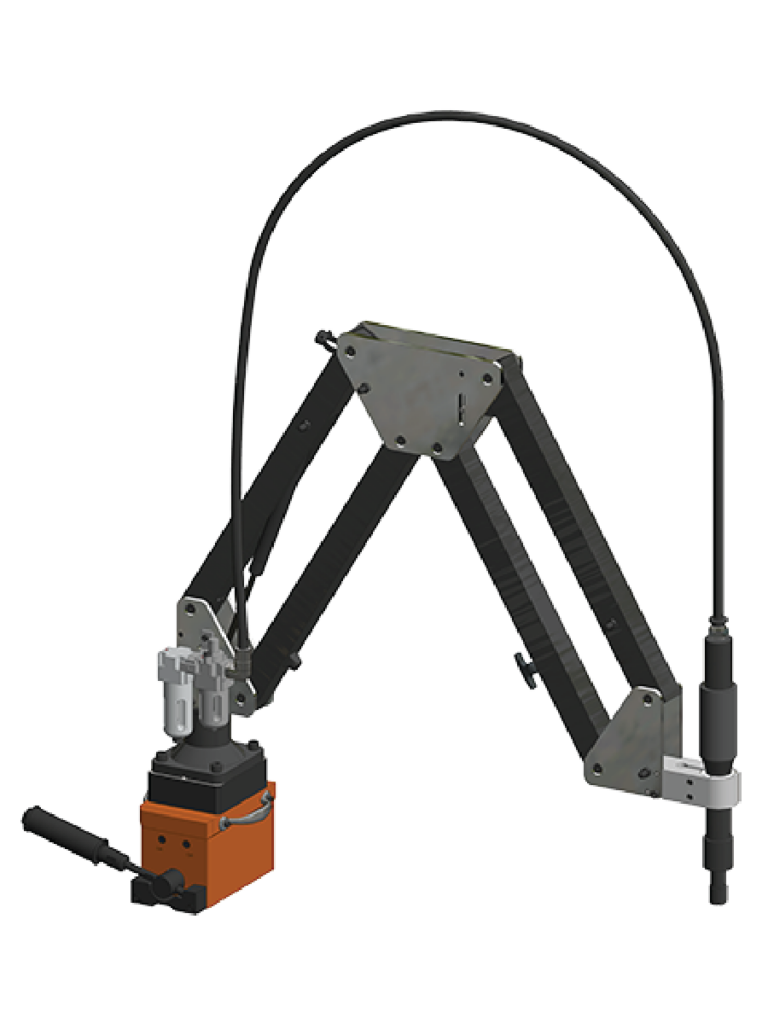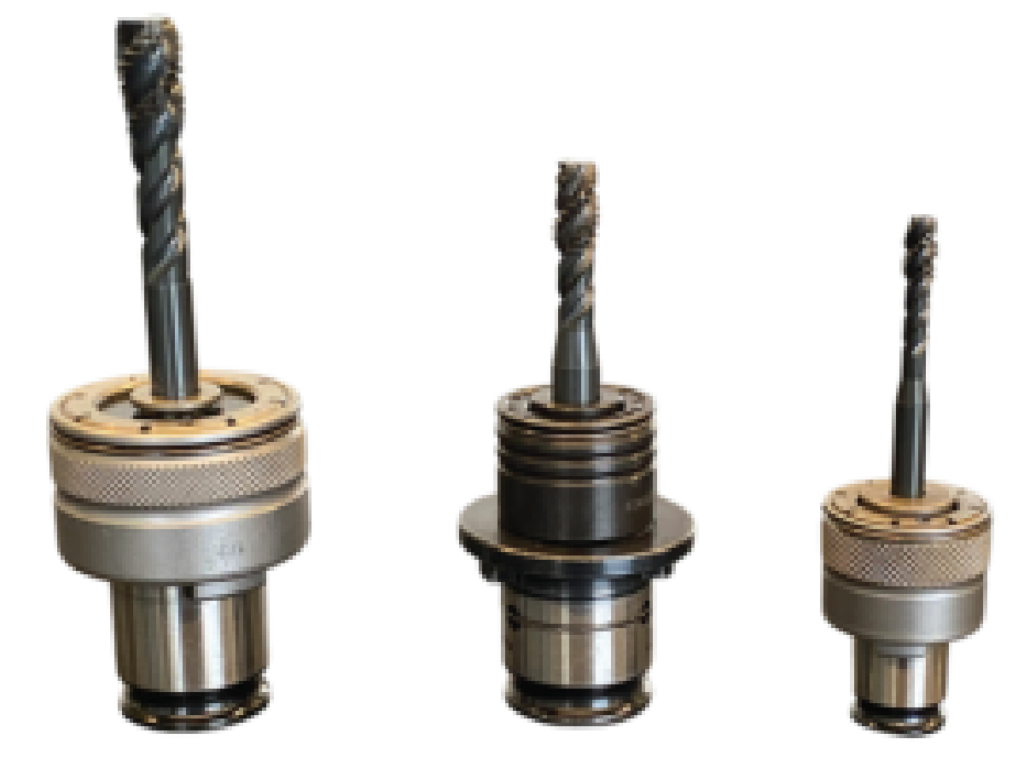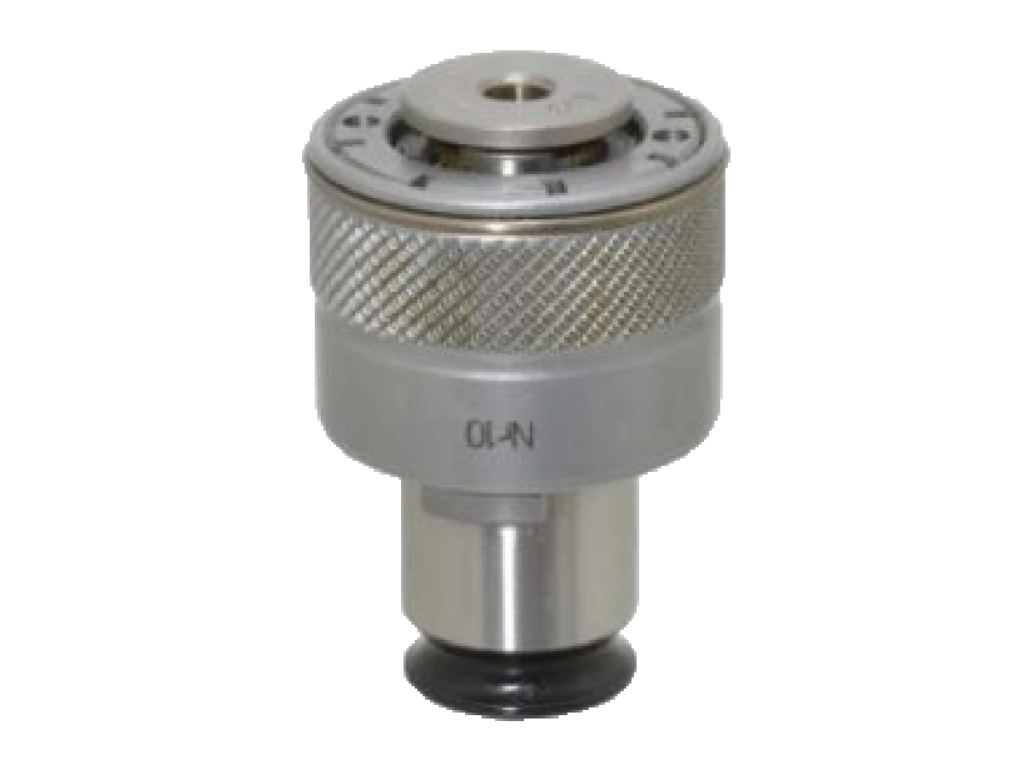Shops are always on the lookout for ways to continually improve the way they operate. Decreasing cycle times and scrap rates can help save costs and allow the business to take on more jobs. These shops can improve cycle times by adjusting speeds and feeds or using specialized tools to dramatically reduce cycle times. This is a worthwhile goal because every minute saved in the machining process has the potential to make the business even more profitable.
Kline Brothers, a current FlexCNC customer, found a way to improve their cycle times on the FlexCNC read about it below.
Part Application:
Hardened Steel for tree stump grinder blades.
FlexCNC Machining:
Drill, Mill, & Chamfer
Process:
Shops are always on the lookout for ways to continually improve the way they operate. Decreasing cycle times and scrap rates can help save costs and allow the business to take on more jobs. These shops can improve cycle times by adjusting speeds and feeds or using specialized tools to dramatically reduce cycle times. This is a worthwhile goal because every minute saved in the machining process has the potential to make the business even more profitable.
Kline Brothers, a current FlexCNC customer, found a way to improve their cycle times on the FlexCNC read about it below.
Part Application:
Hardened Steel for tree stump grinder blades.
FlexCNC Machining:
Drill, Mill, & Chamfer
Process:
They started with a low RPM due to the material hardness. They knew this was not going to work because the resulting cycle time was 23 minutes per part. They put in an insert Icar mill and turned the FlexCNC up to 3,995 RPM at 20 in/min, which went through like butter, so they continued to increase the feed. If it would start to chatter, they added more passes, but this allowed them to go even faster. They finished with 130 in/min, reducing their cycle time down to 2 ½ minutes per part.

